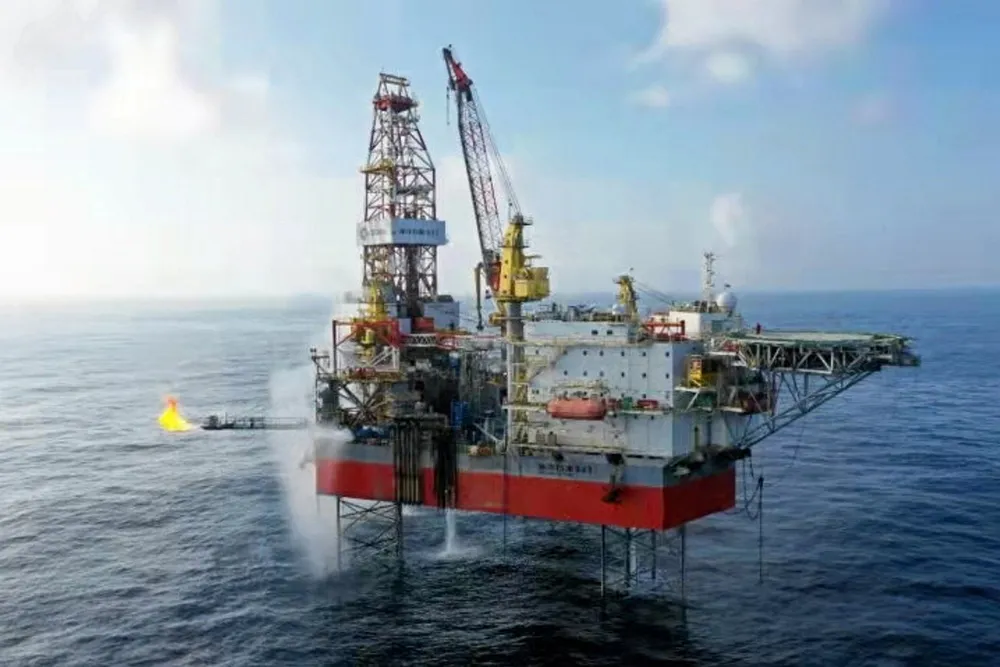Chinese offshore giant to abandon 171 platforms in 12-year decommissioning drive
Platform removal has already begun with some subsea equipment to be repurposed in major decommissioning programme

Platform removal has already begun with some subsea equipment to be repurposed in major decommissioning programme
